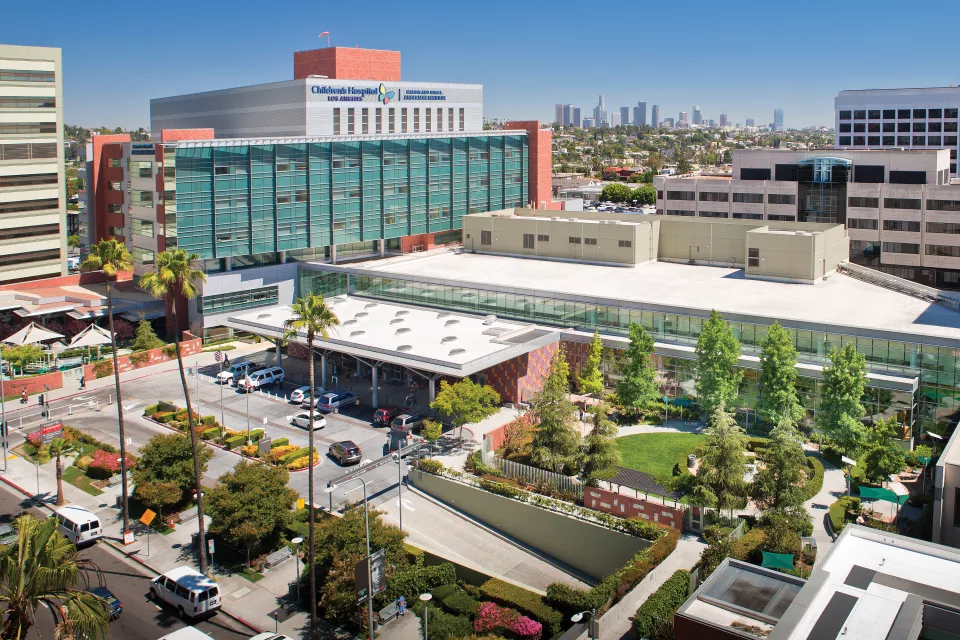Surgeons in the Division of General Pediatric Surgery routinely treat children with pediatric hydroceles. There are two types of pediatric hydroceles: 1) communicating and 2) non-communicating.
Communicating Hydroceles
Communicating hydroceles are typically present in toddlers or older children when a pre-existing connection (think of a small straw connecting the peritoneum to the sac around the testicle) dilates and begins allowing peritoneal fluid to accumulate around the testicle.
Communicating hydroceles differ from hernias in that the diameter of the connection is larger in a hernia, which allows solid peritoneal contents (omentum, fallopian tube, ovary, and intestine) to enter the sac.
Non-communicating Hydroceles
Non-communicating hydroceles are most often present at birth and are simply a collection of fluids within the tunica vaginalis (the potential space or "sac" which surrounds the testicle). Because they are not in communication with the peritoneal cavity, the fluid within the sac is gradually reabsorbed and disappears within the first year of life.
Distinction Between Two Types
Clinically, the distinction between communicating and non-communicating hydroceles is based on the time of onset and any fluctuation in the amount of the swelling (only communicating hydroceles change in size from day to day).
Surgical Intervention
Both hernias and long-standing communicating hydroceles should be repaired surgically in order to prevent them from progressing into incarcerated hernias. Minimally invasive surgery has found its way into pediatric hydroceles repairs, and the latest advancement utilizes laparoscopy to evaluate the opposite side of a hernia without the need for a second incision. While some surgeons are utilizing purely laparoscopic approaches to the repair of pediatric hernias, higher recurrence rates (4-5%) versus opens repairs (<1%) has prevented this approach from being widely adopted in the United States.
